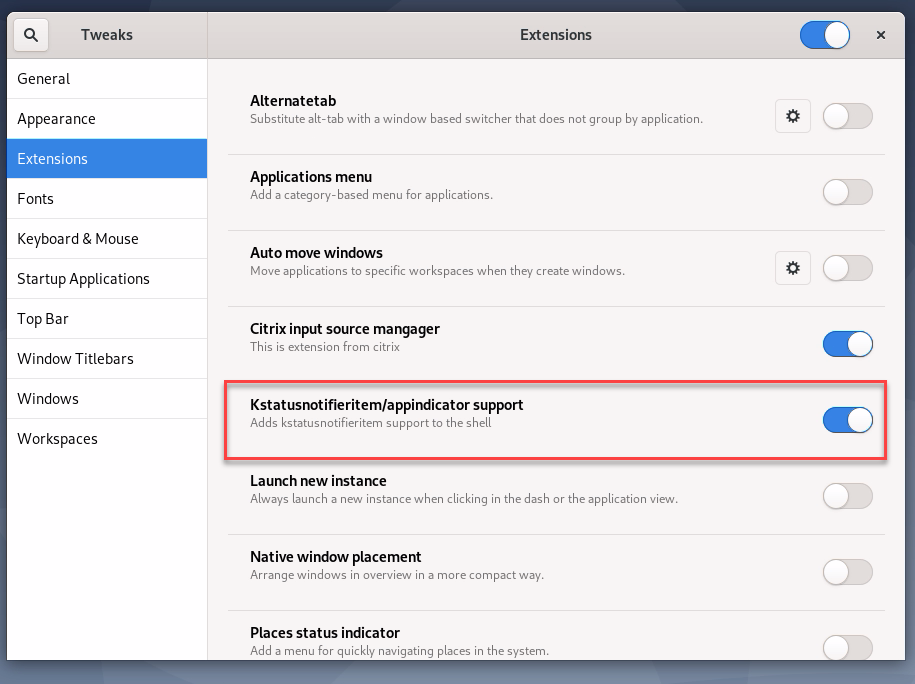This content has been machine translated dynamically.
Dieser Inhalt ist eine maschinelle Übersetzung, die dynamisch erstellt wurde. (Haftungsausschluss)
Cet article a été traduit automatiquement de manière dynamique. (Clause de non responsabilité)
Este artículo lo ha traducido una máquina de forma dinámica. (Aviso legal)
此内容已经过机器动态翻译。 放弃
このコンテンツは動的に機械翻訳されています。免責事項
이 콘텐츠는 동적으로 기계 번역되었습니다. 책임 부인
Este texto foi traduzido automaticamente. (Aviso legal)
Questo contenuto è stato tradotto dinamicamente con traduzione automatica.(Esclusione di responsabilità))
This article has been machine translated.
Dieser Artikel wurde maschinell übersetzt. (Haftungsausschluss)
Ce article a été traduit automatiquement. (Clause de non responsabilité)
Este artículo ha sido traducido automáticamente. (Aviso legal)
この記事は機械翻訳されています.免責事項
이 기사는 기계 번역되었습니다.책임 부인
Este artigo foi traduzido automaticamente.(Aviso legal)
这篇文章已经过机器翻译.放弃
Questo articolo è stato tradotto automaticamente.(Esclusione di responsabilità))
Translation failed!
Client battery status display
The Linux VDA can redirect and display the battery status of client devices in virtual desktops. This feature is enabled by default and available for the following versions of Citrix Workspace™ app:
- Citrix Workspace app for iOS
- Citrix Workspace app for Linux
- Citrix Workspace app for Mac (version 2204.1 is not supported)
- Citrix Workspace app for Windows (version 2204.1 is not supported)
Overview
When users open a virtual desktop, they can see a battery icon in the Linux system tray. The battery icon indicates the battery status of their client devices. To check for the percentage of remaining battery life, click the battery icon. For example, see the following screen capture:
![]()
Different battery icons indicate different battery statuses. For an overview, see the following table:
| Battery icon | Charging status | Level of remaining battery life | Percentage of remaining battery life |
|---|---|---|---|
 |
Charging, indicated with a “+” symbol | High, indicated with a green color |
|
 |
Charging, indicated with a “+” symbol | Medium, indicated with an amber color |
|
 |
Charging, indicated with a “+” symbol | Low, indicated with a red color | < 20% |
 |
Not charging, indicated with a “-“ symbol | High, indicated with a green color |
|
 |
Not charging, indicated with a “-“ symbol | Medium, indicated with an amber color |
|
 |
Not charging, indicated with a “-“ symbol | Low, indicated with a red color | < 20% |
 |
Unknown | Unknown | Unknown |
Configuration
The client battery status display is enabled by default.
To disable the feature, run the following command:
/opt/Citrix/VDA/bin/ctxreg update -k "HKLM\System\CurrentControlSet\Control\Citrix\VirtualChannels\MrVc" -v "Enabled" -d "0x00000000"
<!--NeedCopy-->
To enable the feature, run the following command:
/opt/Citrix/VDA/bin/ctxreg update -k "HKLM\System\CurrentControlSet\Control\Citrix\VirtualChannels\MrVc" -v "Enabled" -d "0x00000001"
<!--NeedCopy-->
Note:
The preceding commands impact the soft keyboard feature, which shares the Mobile Receiver Virtual Channel (MRVC) with the client battery status display.
Based on your distribution, complete the following extra steps:
-
If you are using RHEL 8.x or SUSE 15.x installed with GNOME, install a compatible extension for your GNOME shell to enable AppIndicator support:
-
Run the
gnome-shell --versioncommand to check your GNOME shell version. -
Download a compatible extension for your GNOME shell from https://extensions.gnome.org/extension/615/appindicator-support. For example, if your shell version is 3.28, you can select 24 or 26 for the extension version.

-
Untar the downloaded package. Verify that the “uuid” value in the metadata.json file in the package is set to appindicatorsupport@rgcjonas.gmail.com.
-
Run the
mvcommand to move the appindicatorsupport@rgcjonas.gmail.com directory to the location under/usr/share/gnome-shell/extensions/. -
Run the
chmod a+r metadata.jsoncommand to make the metadata.json file readable to other users.Tip:
By default, the metadata.json file in the appindicatorsupport@rgcjonas.gmail.com directory is readable only to the root user. To support screen sharing, make the metadata.json file readable to other users as well.
-
Install GNOME Tweaks.
-
In the desktop environment, reload your GNOME shell by pressing the
Alt+F2,r, andEnterkeys in sequence or by running thekillall -SIGQUIT gnome-shellcommand. -
In the desktop environment, run GNOME Tweaks and then enable KStatusNotifierItem/AppIndicator Support in the Tweaks tool.
-
-
If you are using Debian 11.3 installed with GNOME, complete the following steps to install and enable GNOME system tray icons:
-
Run the
sudo apt install gnome-shell-extension-appindicatorcommand. You might have to log out and then back in again for GNOME to see the extension. -
Search for Tweaks in your Activities screen.
-
Select Extensions in the Tweaks tool.
-
Enable Kstatusnotifieritem/appindicator support.

-
Share
Share
In this article
This Preview product documentation is Citrix Confidential.
You agree to hold this documentation confidential pursuant to the terms of your Citrix Beta/Tech Preview Agreement.
The development, release and timing of any features or functionality described in the Preview documentation remains at our sole discretion and are subject to change without notice or consultation.
The documentation is for informational purposes only and is not a commitment, promise or legal obligation to deliver any material, code or functionality and should not be relied upon in making Citrix product purchase decisions.
If you do not agree, select I DO NOT AGREE to exit.